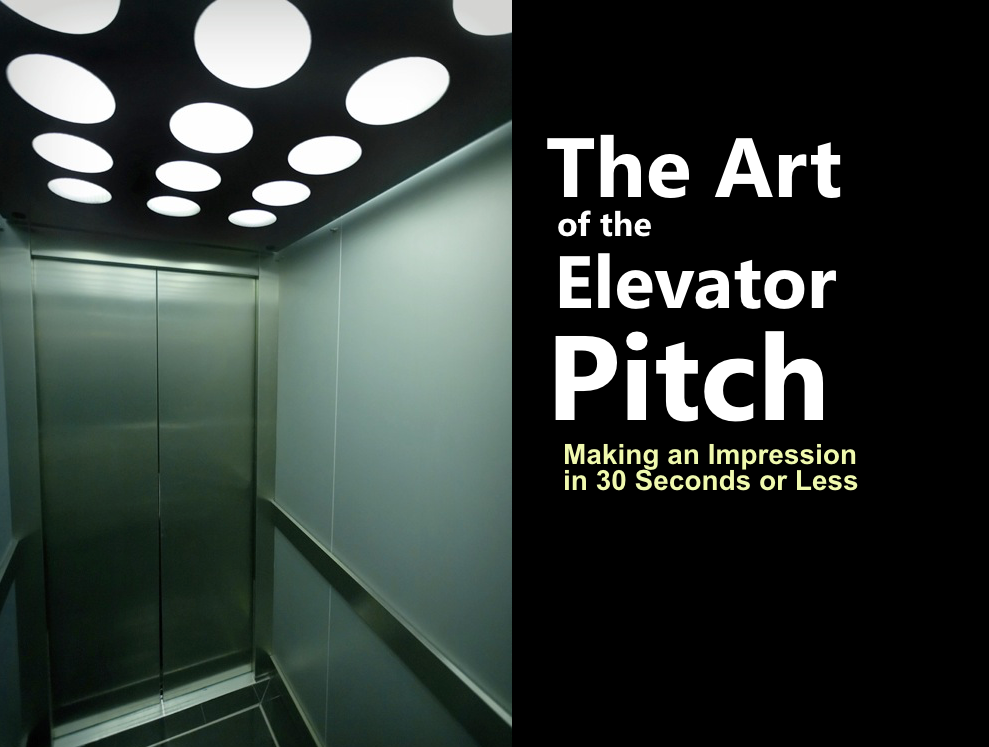Best practices for your 30 second elevator pitch: Think in terms of 3 bullet points What is the problem in the market (why does your product/service exist)? How do you solve that problem? Why is your organization unique? If you focus on these 3 things, you will have a...

Dreamforce and a single Pen for an entire year
One Pen : One Year Dreamforce is on my mind. The RingLead team is cooking up some interesting (and fun) initiatives for the biggest tech show in the universe. What will Marc Benioff launch this year? Every year the industry leadership of Salesforce has stood out....
Trade show tip: Remove fillers from your vocabulary
Trade shows. You have 10 seconds maximum to engage and get the interest of a passer by. Time is critical. Time is everything. Eliminating filler words such as "Um", "Ah", "Er" and "You know" is paramount. It kills your presentation and will cost you the sale....
When Marketing Lies About Technology
I'm at a talk about marketing at a conference, sitting in the audience, blending into the mix of SEO students and experts. Unlike most conference, I am not speaking, not helping with sales at a booth and not scheduled with back-back meetings. This is a chance for me...
The Art of the Elevator Pitch; “So… what do you do?”
Companies and the minds within them evolve over time. I have experienced it firsthand in founding Broadlook Technologies and steering its growth over the last 6 years. Core competencies change, competitive landscapes change, opportunities come and go and through all...

Tradeshow bound? Nail your 30 second Elevator Pitch
Without coaching or any process, most first-time recorded pitches are simply poor. Without proper training or a plan of attack, first time pitches tend to ramble, are too long, plagued with “uhms” and “ahhs” and are fragmented and not engaging. You wouldn’t try to...